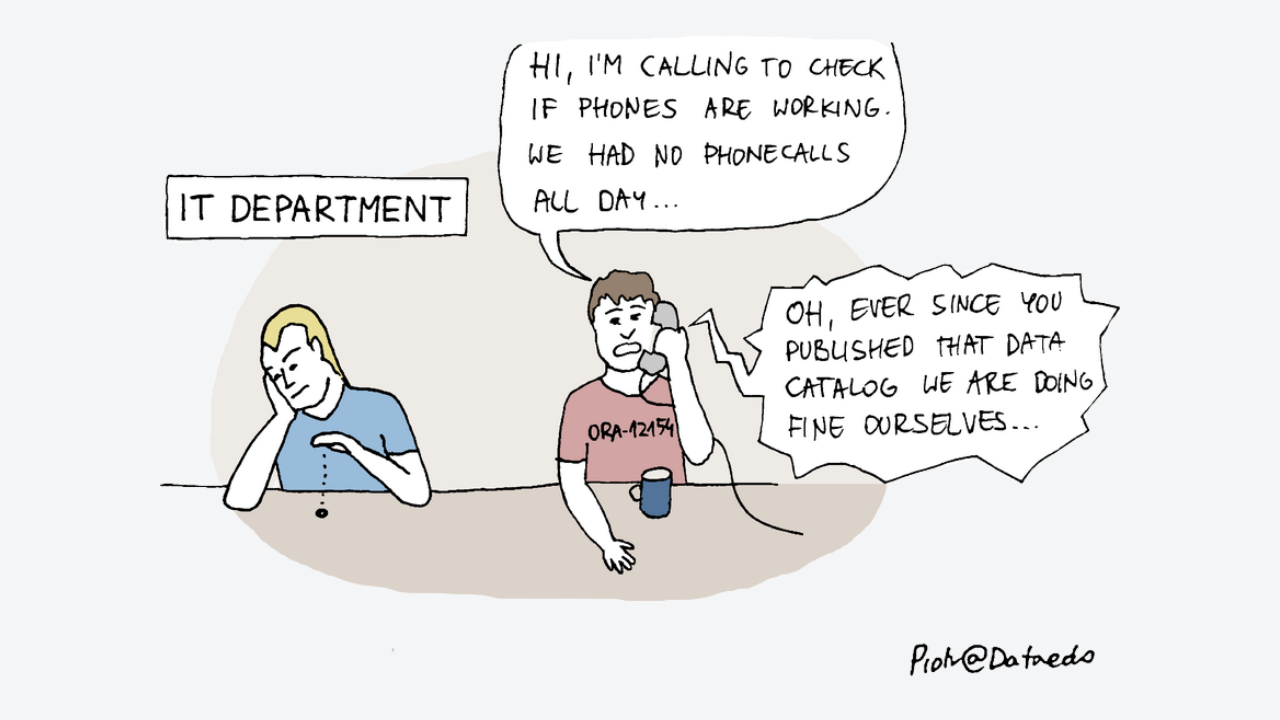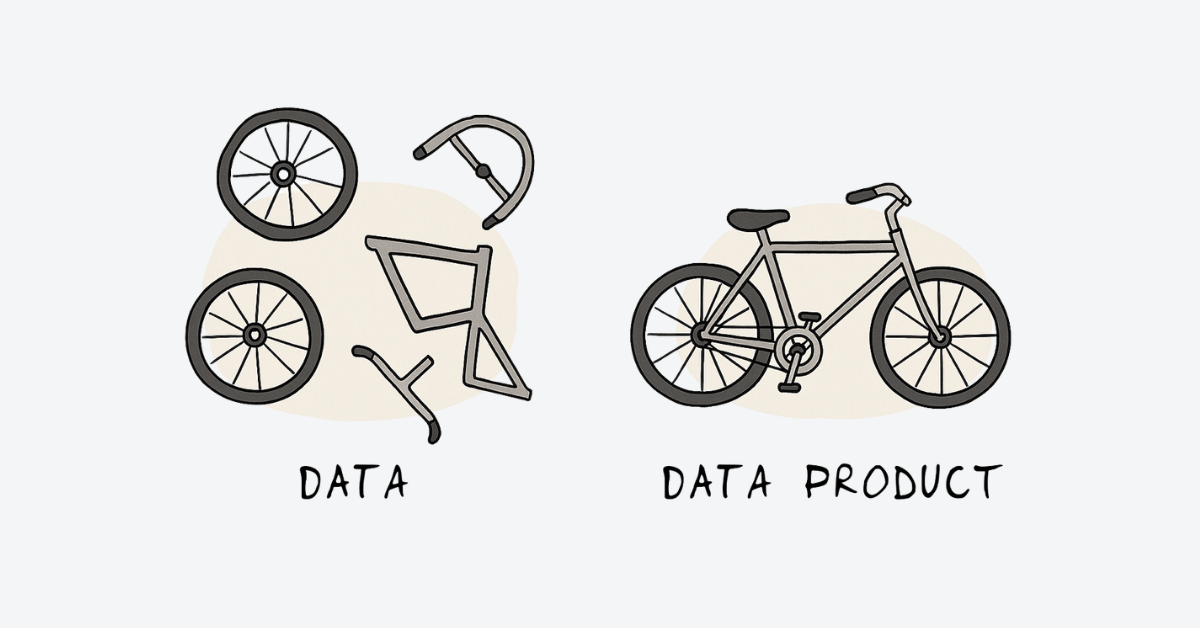Creating a data catalog is a significant milestone in any organization’s data governance journey. But its creation is only the beginning. The real measure of success lies in whether it becomes a trusted and indispensable tool for users across the organization. Simply building the catalog is not enough; encouraging adoption requires intentional strategies, cultural shifts, and ongoing effort.
This blog explores practical approaches to ensure your data catalog not only meets organizational needs but becomes a well-integrated part of daily workflows. From planning to rollout and beyond, each phase plays a critical role in fostering widespread adoption and long-term success.
Readiness of the Catalog
Before you even consider rollout, it is essential to ensure your data catalog is functional and accurate. A well-prepared catalog is the foundation upon which successful adoption is built.
Comprehensive Content: A robust data catalog must include metadata, data lineage, clear definitions, and quality metrics. This information provides users with essential context and builds trust in the catalog’s utility.
User-Friendly Functionality: The catalog’s interface should be intuitive, enabling users to easily search, access, and navigate data. Ensure that access controls and integration with existing systems are in place to support seamless workflows.
Accuracy and Currency: Outdated or incomplete information undermines confidence in the catalog. Regularly review and update the content, assigning data stewards to ensure the catalog remains a reliable single source of truth.

User Training and Onboarding
A well-designed catalog is only effective if users understand how to leverage it. Thoughtful training and onboarding initiatives can make the difference between reluctant engagement and enthusiastic adoption.
Develop Clear Training Resources: Provide comprehensive guides, tutorials, and FAQs tailored to different user groups. These resources should be easily accessible and designed to foster confidence in using the catalog.
Host Onboarding Sessions: Conduct interactive training sessions and workshops that allow users to explore the catalog’s features and benefits in real-time. Personalize examples to make the content relatable and relevant.
Stakeholder Engagement
Engaging stakeholders early and often helps ensure the catalog meets organizational needs and garners widespread support.
Gather Feedback During Development: Involve key stakeholders throughout the catalog’s creation to identify gaps and prioritize features that matter most to your organization.
Develop and Release Strategically: Launch the catalog with a small, targeted user group to test functionality, gather actionable feedback, and refine the system before a large-scale rollout. Early champions from the pilot group can become advocates for broader adoption.
Communication Plan
Clear, consistent communication is critical to building awareness and excitement about the catalog’s launch.
Craft a Launch Campaign: Use multiple channels—emails, intranet posts, and team meetings—to announce the catalog’s availability. Highlight its benefits, explain its role in the organization’s data governance strategy, and provide links to training resources.
Establish Ongoing Support: Create a dedicated helpdesk or feedback channel where users can ask questions, report issues, and suggest improvements. Proactive support builds trust and encourages continuous engagement.
Aligning with Business Cycles
Timing can significantly impact the success of your catalog rollout. Plan carefully to maximize engagement and minimize disruption.
Avoid Busy Periods: Schedule the rollout during a time when users have the bandwidth to learn and adapt to the new tool. Avoid aligning launches with peak business cycles or holidays.
Strategic Timing: Coordinate the launch with other organizational initiatives, such as the rollout of a new data warehouse or analytics tool. Positioning the catalog as an enhancement to these efforts can boost its perceived value.
Technical Considerations
A solid technical foundation ensures the catalog’s reliability and scalability.
Infrastructure Readiness: Verify that the catalog’s supporting systems can handle anticipated user traffic without performance issues. Conduct load testing to identify and address potential bottlenecks.
Security Compliance: Implement robust security measures to protect sensitive data and meet regulatory requirements. Collaborate with IT and compliance teams to proactively address risks.
Recommended Approach: A Phased Rollout
A phased rollout ensures your catalog is thoroughly tested, user-friendly, and aligned with organizational priorities.
Initial Development and Testing: Build and refine the catalog with input from subject matter experts and a small group of users. Focus on creating high-quality content and addressing critical user needs.
Iterative Approach: Develop and introduce the catalog iteratively to limited audiences. Use this phase to test functionality, gather feedback, and make iterative improvements.
Expanded Rollout: As the catalog grows and as users are trained, expand its availability to an ever-increasing group of users, for example, from different departments.
Conclusion: Persistent Effort Ensures Success
Launching a data catalog is a significant achievement, but its success depends on more than just its creation. Adoption requires persistence, strategic planning, and a commitment to meeting user needs. By prioritizing readiness, engaging stakeholders, and fostering a culture of data-driven decision-making, organizations can ensure their catalog becomes an invaluable tool.
Remember, the ultimate goal is for the catalog to seamlessly integrate into daily workflows, enabling users to discover, access, and utilize data efficiently. With consistent effort and a thoughtful approach, your data catalog can become the cornerstone of your organization’s data governance strategy.











 Richard Monk
Richard Monk




